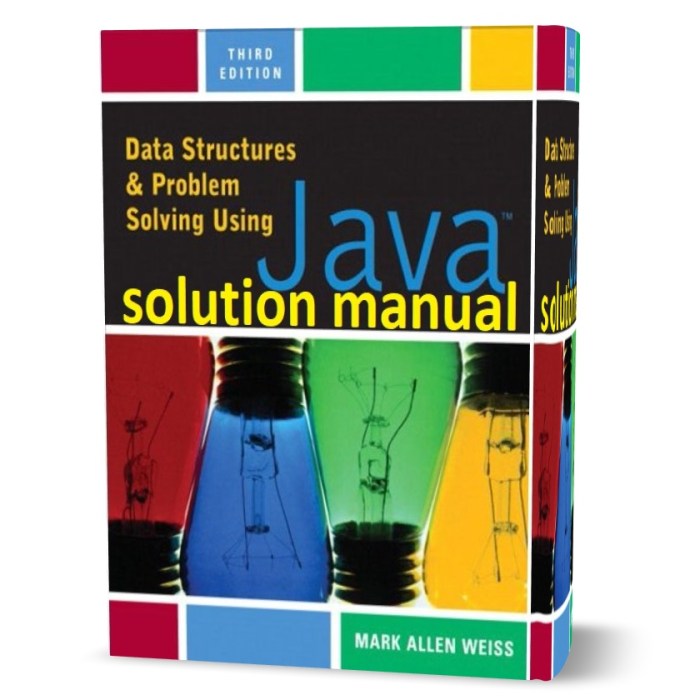When A Loop Executes The Structure Controlling Condition Is – When A Loop Executes: Unraveling the Structure Controlling Condition takes center stage in this illuminating narrative. Embark on a journey where intricate details unfold, captivating readers from the very first sentence.
Tabela de Conteúdo
- Loop Structure and Controlling Condition
- Example of a Loop with a Controlling Condition
- Execution of a Loop
- Flowchart
- Controlling Condition Evaluation
- Types of Controlling Conditions
- Examples of Common Controlling Conditions, When A Loop Executes The Structure Controlling Condition Is
- Loop Termination
- Controlling Loop Termination
- Summary: When A Loop Executes The Structure Controlling Condition Is
This comprehensive guide delves into the intricacies of loop structures, empowering you with a profound understanding of how they function and the role of controlling conditions in their execution.
Loop Structure and Controlling Condition

A loop structure in programming is a control flow statement that allows a block of code to be executed repeatedly until a specific condition is met.
The controlling condition in a loop determines whether the loop will continue to execute or terminate. It is evaluated at the beginning of each iteration of the loop, and if the condition is true, the loop body is executed. If the condition is false, the loop terminates.
Example of a Loop with a Controlling Condition
The following Python code demonstrates a loop with a controlling condition:
while count < 10:print(count)count += 1
In this example, the loop will continue to execute as long as the value of the countvariable is less than 10. The countvariable is incremented by 1 after each iteration of the loop, which eventually causes the controlling condition to become false and the loop to terminate.
Execution of a Loop

A loop is a control structure that allows a set of instructions to be executed repeatedly until a certain condition is met. The execution of a loop involves several steps:
1. Initialization: The loop variable is initialized with a starting value.
2. Condition check: The loop condition is checked to determine whether the loop should continue executing.
3. Loop body: If the condition is true, the statements within the loop body are executed.
4. Update: The loop variable is updated with a new value.
5. Condition check: The loop condition is checked again.
Steps 2-5 are repeated until the loop condition becomes false.
Flowchart
The following flowchart illustrates the execution of a loop:
Start ↓ Initialization ↓ Condition check ↓ Loop body ↓ Update ↓ Condition check ↓ End
Controlling Condition Evaluation

The controlling condition is the expression that determines whether a loop will continue to execute. It is evaluated at the beginning of each iteration of the loop, and if it is true, the loop body is executed.
If it is false, the loop terminates.
When a loop executes, the structure controlling condition is checked repeatedly until it evaluates to false. This allows the loop to execute a set of statements multiple times. The highlighted tissue in the diagram is continuous with the pectoralis major muscle.
This means that the pectoralis major muscle extends from the sternum to the humerus and is responsible for adducting and medially rotating the arm.
Types of Controlling Conditions
There are two main types of controlling conditions:
- True/False conditions: These conditions evaluate to either true or false. If the condition is true, the loop body is executed. If it is false, the loop terminates.
- Comparison conditions: These conditions compare two values. If the values are equal, the loop body is executed. If they are not equal, the loop terminates.
Examples of Common Controlling Conditions, When A Loop Executes The Structure Controlling Condition Is
Some common examples of controlling conditions include:
i < 10: This condition checks if the value of the variableiis less than 10. If it is, the loop body is executed. If it is not, the loop terminates.a == b: This condition checks if the value of the variableais equal to the value of the variableb. If it is, the loop body is executed. If it is not, the loop terminates.x != 0: This condition checks if the value of the variablexis not equal to 0. If it is, the loop body is executed. If it is not, the loop terminates.
Loop Termination
A loop terminates when the controlling condition evaluates to false. This means that the condition that determines whether the loop should continue executing is no longer met. There are several common ways to control loop termination:
Controlling Loop Termination
-
-*Using a counter variable
A counter variable is a variable that is incremented or decremented each time the loop iterates. The loop can be terminated when the counter variable reaches a certain value.
-*Using a sentinel value
A sentinel value is a special value that is used to indicate the end of the data. The loop can be terminated when the input value matches the sentinel value.
-*Using a break statement
A break statement can be used to terminate a loop immediately. It is typically used when an error occurs or when a specific condition is met.
-*Using a return statement
A return statement can be used to terminate a loop and return a value to the calling function. It is typically used when the loop has completed its task and needs to return a result.
Summary: When A Loop Executes The Structure Controlling Condition Is

In conclusion, When A Loop Executes: Unraveling the Structure Controlling Condition has shed light on the fundamental principles governing loop execution. By mastering these concepts, you gain the ability to construct and manipulate loops with precision, unlocking their full potential in your programming endeavors.








No Comment! Be the first one.